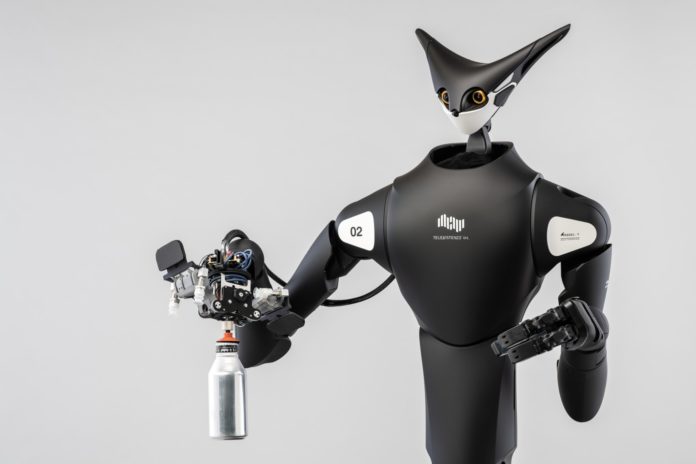
Incorporating force sensors in your robot can be critical. However, determining the facets of your task is the first step towards making an informed decision. Seek answers to the following questions before integrating force sensing in your robotic design.
Is Force Sensing Compatible with my Application?
Many potential robot arm users wonder about the compatibility of force sensing with their application. Investing in a system that will hardly facilitate task execution is invaluable and can plunge your business into unnecessary expenses.
While force sensing can be applied in a wide range of tasks, you need to determine whether you need the concept in the first place. Adopt force sensors only if they will add significant benefits to specific functions in your organization. For example, consider adopting force sensors if you want to weigh components, identify collisions, or even administer steady force on an object.
Will Force Sensing Facilitate Object Identification?
If you want an object identification sensor, you may end up choosing a vision gadget. While humans are visual, there are various object identification options other than vision. Force sensors come in handy to facilitate object identification, often playing a more critical role than other sensing alternatives. For instance, force sensors can help identify the surface of an item regardless of the lighting conditions around it.
Does Integrating Force Sensors Slow the Robot Down?
Robotic force sensors are often sensitive. As a result, many users are unsure whether they will need to slow down the robot to facilitate the proper functioning of the sensing system. According to experts, you may need to reduce the robot’s speed if you want to acquire a precise force sensing signal. Still, the force sensing system can work effectively without the need to low the robot down. Further, numerous applications do not need ultimate precision.
Is Robotic Force Sensing Deployment a Sophisticated Task?
Previously, integrating force sensors into a robot was a sophisticated process requiring force control algorithms and sophisticated programming expertise. Today, however, the availability of intuitive programming and user-friendly technology options has eased the process.
You can now program different force-sensing roles with the help of software and an easy-to-understand user interface. Some advanced robots are already integrated with the force sensing system eliminating the need to deploy external sensors.
Will Force-Sensing be Compatible with my Environment?
Some force sensors can be quite sensitive, as we have seen before, making users doubt their compatibility with a particular working environment. What if humidity or even dust contaminates the sensor?
Determining the condition of your environment before choosing a sensing technology is critical. Remember, numerous sensors are available today. You will undoubtedly find a sensor that meets your needs best. Choose the ideal force sensors that can withstand the condition of your environment with minimal struggle.
Is the Implementation of Force Regulation Necessary?
Force regulation is a control algorithm option that enables robots to leverage force sensing system signals to influence their movement. It is worth mentioning that force regulation and position control are two different terms. The latter is a popular robot regulation strategy. A quick search for force sensing robotic systems leads to force regulation information. However, the availability of advanced robots allows you to adopt force sensing in the absence of force regulation.
Does Noise Hinder the Normal Functioning of Force Sensors?
Do you work in an electrically noisy environment? Some force sensors may perform dismally under such conditions. However, some advanced technologies come complete with noise protection systems, which means they will continue running effectively regardless of the amount of noise produced.
Will Force Sensors Withstand Vibration?
Some robot users opine that force sensors will hardly withstand vibration. Others say that extreme vibrations can hinder signal accuracy from the sensor. Remember, many advanced force sensors available today come with vibration resistance. Always check the specified vibration rating for your force sensor before investing.
Finally
Before investing in force sensing, you want to determine whether it’s necessary or have the proper budget. Remember, some robots complete with force sensing systems, while in others, you have to buy and include a separate force-sensing unit for your robot.





